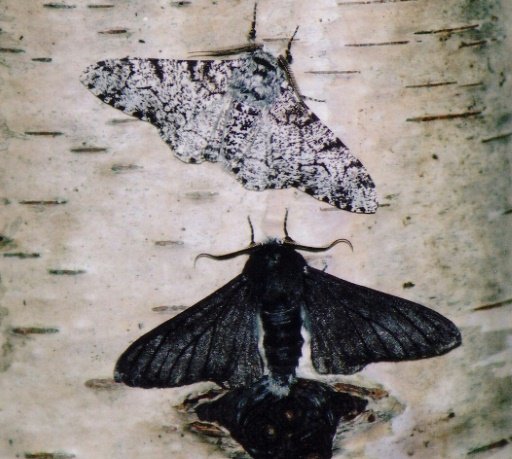
Scientists unveiled Wednesday the gene that allowed the off-white peppered moth to famously evolve dark wings to escape predators in sooty, 19th-century industrial England.
That same gene, another team reported, also helps some 40 species of butterflies to flash bright yellow stripes — a sign of toxicity — to ward off hungry birds.
The findings, published as separate studies in Nature, are surprising for many reasons, the researchers said.
The Heliconius genus of butterflies branched off from moths on the tree of evolution some 100 million years ago.
It means the much-sought gene — known as cortex — has remained remarkably stable over a vast expanse of time.
“That the same gene is responsible for switching colours and patterns in both the peppered moth and the Heliconius butterflies suggests that this gene has a similar function in this whole group of insects,” said Nicola Nadeau, lead author of one of the studies and a researcher at the University of Sheffield in England.
What’s more, it is not the type of gene usually involved in mutations that drive evolution — one of the reasons it was not spotted sooner.
Its central role is related to producing egg cells in female insects, and more generally regulating how cells divide.
For both the moth and the butterflies, the cortex gene engineered an mutation to avoid predation, but in opposite ways.
– From salt to pepper –
The peppered moth adapted by rendering itself invisible on soot-stained tree trunks.
Conversely, the butterflies call attention to themselves, but with a warning: “Danger, poison”.
In both cases, there are Darwinian twists to the story.
All Heliconius butterflies are, in fact, toxic, so the question arises as to why they take on the colours of their fellow species.
“They mimic each other because having the same patterns makes it easier for predators to learn what to avoid,” explained Nadeau.
Don’t overestimate the discriminatory powers of your enemies, in other words.
The other team of researchers, led by Ilik Saccheri of the University of Liverpool, was able to pinpoint the year when the famous moth turned from salt to pepper.
“Using statistical modelling, this mutation has been independently dated to around 1819,” Saccheri said by email.
“It took about fifty years to reach a frequency of approximately 80 percent.”
That is consistent with the observations of scientists and amateur naturalists, who reported a large-scale change of colour from white to charcoal grey in the mid-19th century.
The first documented sighting of a black peppered moth was in Manchester, northern England, in 1848.
